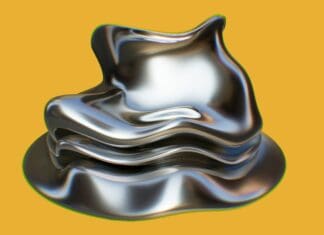This post is also available in:
 עברית (Hebrew)
עברית (Hebrew)
A team of Researchers from the Queensland University of Technology (QUT) have achieved a significant breakthrough in wearable technology with the development of an ultra-thin, flexible film that can convert body heat into electrical energy. This innovation promises to revolutionize the way we power wearable devices, offering a sustainable and efficient energy source derived from the natural heat of the human body.
Led by Professor Zhi-Gang Chen, the QUT team has created a thermoelectric film that can be comfortably worn on the skin. By harnessing the temperature difference between the human body and the surrounding air, the film effectively generates electricity. “Flexible thermoelectric devices can be worn comfortably on the skin, where they effectively turn the temperature difference into electricity,” explained Professor Chen.
While thermoelectric materials have shown promise in the past, challenges such as limited flexibility, high costs, and complex manufacturing processes have hindered their widespread use. To overcome these obstacles, the QUT researchers combined bismuth telluride— a well-known thermoelectric material— with tellurium nanorods, which provide flexibility and increase the material’s heat-to-electricity conversion efficiency. This innovative approach has produced one of the best-performing flexible thermoelectric products available today.
In performance tests, a small-scale generator made from an A4-sized sheet of the film generated 1.2 milliwatts of power per square centimeter when placed against the skin, with a temperature difference of 20 Kelvin, according to the press release. This demonstrates the potential of the technology to power a wide range of wearable devices such as health monitors and fitness trackers.
The implications of the research extend beyond wearables. The film also shows potential in cooling electronic chips, a critical function for maintaining performance in smartphones, computers, and other devices. By reversing the energy conversion process, the film was able to cool chips by 11.7 Kelvin, offering significant benefits for electronic device efficiency.
While the team remains excited by the technology’s potential, they recognize that further research and development are needed to scale the technology for broader applications.


























